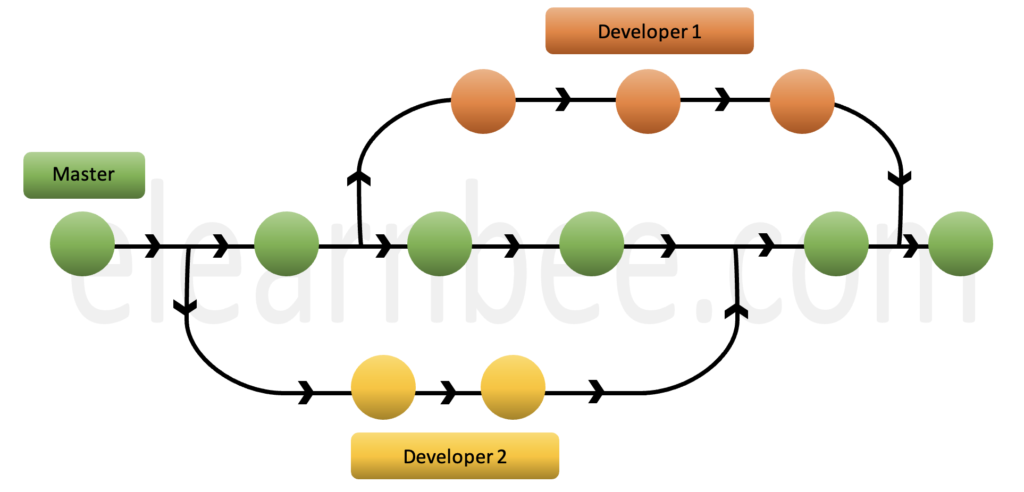Git is by far the most popular choice when it comes to version control systems. Git keeps track of the changes you make to files, giving you an audit trail of your work and the option to go back to an earlier version of a file if you need to. Git also makes cooperation simpler by enabling modifications made by a number of different people to be merged together into a single source.
Git will be beneficial for you whether or not you work as part of a team and regardless of whether or not you produce code that only you will ever see.

Why we need Git
- Multiple developers often work in tandem on real-world projects. A version control system, such as Git, is required to guarantee that there are no disagreements among developers.
- Sometimes developers needs to change in initiatives. Therefore, a version control system facilitates a rollback to a previous iteration of the code for inspection.
- The same codebase is occasionally used by many concurrent projects. Git’s branching feature comes in handy in this situation.
- Git is a content tracker. Git may thus be used to store material; but, given to its other advantages, it is mostly used to store code.
- Git is a version control system in which the code is continuously modified when new code is introduced. Also, several developers can contribute code in concurrently. Version Control System assists with this by preserving a log of all modifications that have occurred. In addition, Git has capabilities like as branches and merges, which we will discuss later.
- Git is a Distributed Version Control System with a remote repository kept on a server and a local repository saved on the developer’s PC. This implies that the code is not only saved on a central server, but that a complete copy of the code is also available on the PCs of each developer. Git is a Distributed Version Control System since the code exists on each developer’s machine.

